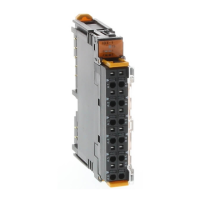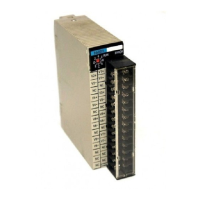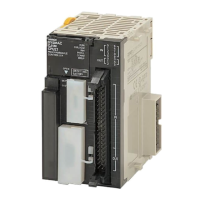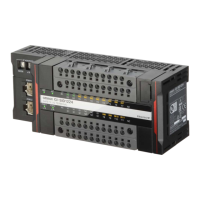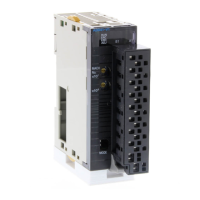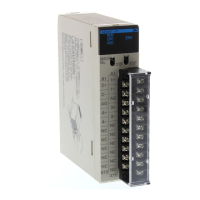161
Overview of the Temperature Input Units Section 6-1
Flow of Data in Temperature Input Units
Note By default, the temperature input values are allocated to the Master without
any processing.
For inputs 0 and 1, temperature data can be separately selected, as shown in
the following diagram.
6-1-7 I/O Data
Temperature Input
Units
A Temperature Input Unit supports the following six types of input data, and
one type of output data. The required data can be allocated for use as I/O.
The default input value “Temperature Data Normal Display.” No data is output
by default.
Input Data
Temperature Status Flags
(allocated I/O data)
Comparator
The Comparator can be used
with values allocated as
temperature data.
Moving average, scal-
ing enabled/disabled
Six types of data
Peak value 2
Bottom value 3
Top val ue 4
Valley value 5
Rate of change 6
Temperature
input value 1
1/100 Display (2 words/input)
Temperature data
(allocated I/O data)
Normal Display (1 word/input)
Either can be allocated
for the Master as
temperature data.
Temperature data
(allocated I/O data)
Input 0
Math
processing
Analog input
value
Other process-
ing results
Selected
processing
Temperature data
Input 1
Math
processing
Analog input
value
Other process-
ing results
Selected
processing
Temperature data
Input data Details
Temperature Data Normal
Display (4 input bytes)
• Used to monitor temperature data.
• Select one type of data from temperature input value, peak value, bottom value, top
value, valley value, or rate of change. (Default allocation: Temperature input value)
Note The comparator can be used with temperature data.
Temperature Data 1/100 Dis-
play (8 input bytes)
Top/Valley Detection Timing
Flags (2 input bytes)
Top/Valley Detection Timing Flags are allocated in one word. These flags are allocated
together with the top value or valley value and are used to time reading the values held in
the Master.
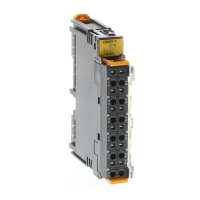
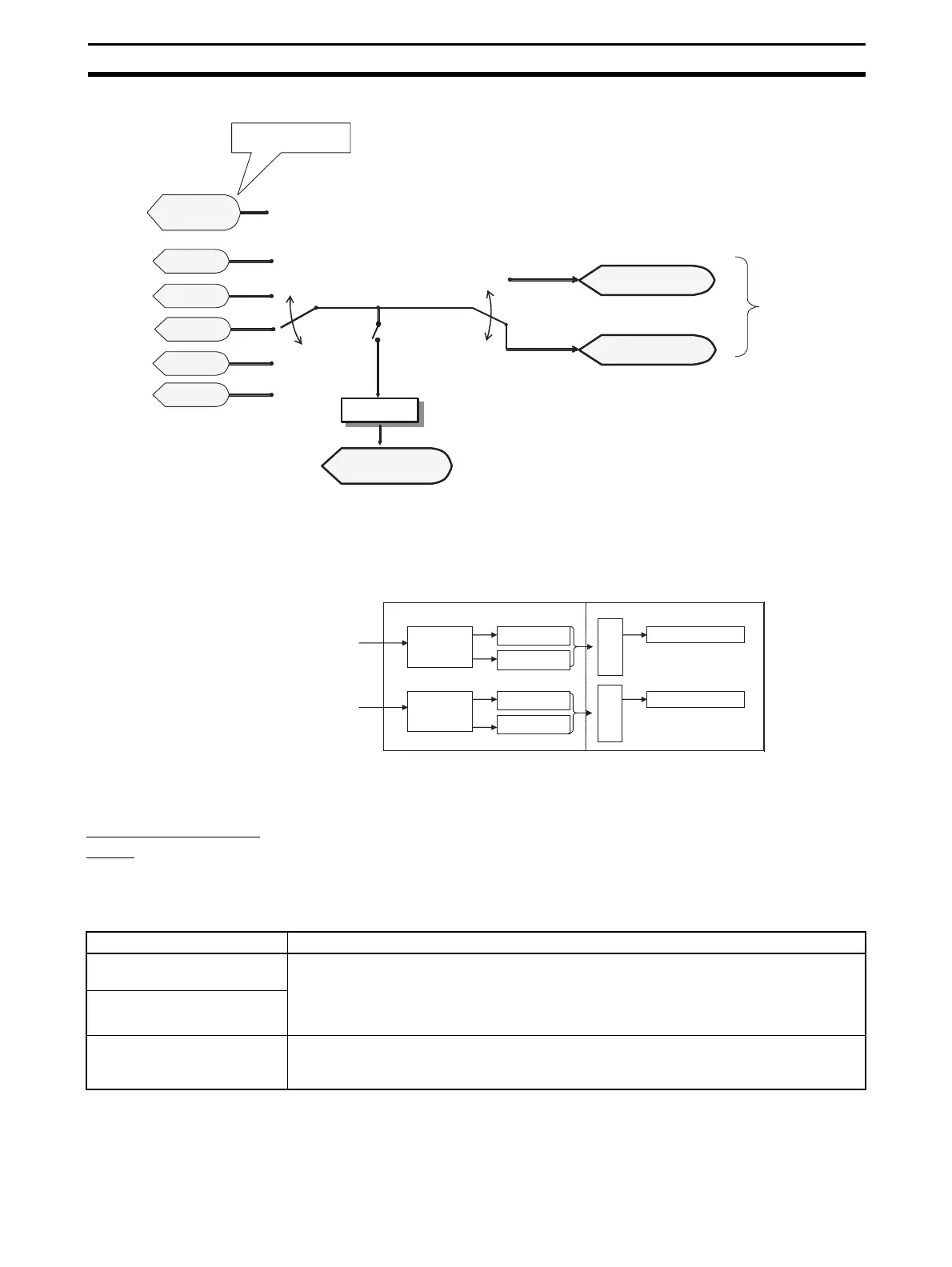